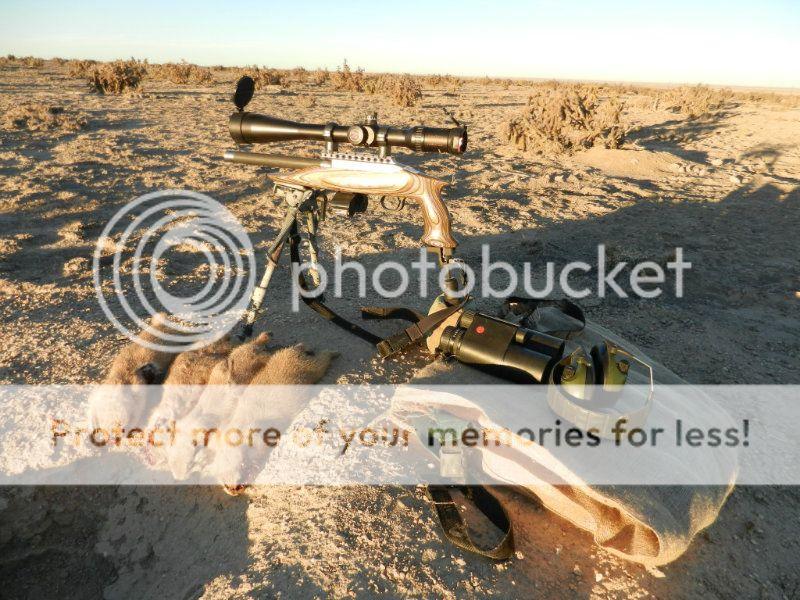The advantage of the Horus system is that it effectively uses precision holdoffs in both elevation and windage all of the time. Horus reticles are simply a grid in milliradians (mils) with 1/5 mil ticks so they are cartridge/bullet/atmosphere independent. . The Horus system assumes you'll use either calculations or lookup tables to determine the aim point of all shots in mils, but it's big adavntage is you don't have to twiddle knobs to make precise shots. Just move the target image to the calculated point on the grid. The precision is about the same as with target knobs but setup is faster with less chance of error from not counting clicks correctly. In my opinion it's ideal for long range shooting in conditions where drop and windage need to to be corrected from measurements of range and atmosphere. There is also no faster or more precise system for making followup shots if you can see your first shot's point of impact. They are excellent for subsonic rifles which typically have large drops and large wind deflection.
Horus scopes are not particularly useful shooting at fixed targets (like highpower or benchrest) or for CQB or short range hunting (under 300 yards). At less than about 8x (at least for my senior citizen eyes) ) the reticle markings becomes unreadable.
I own four Hurus scopes. two Falcons and two Raptors. I have each of them on quick release rings, one of each set up for ARs and one of each set up for bolt actions. They are easy to switch between rifles.. The Falcons are heavy but allow the longest range as they are designed to mount on a 20 MOA rail (H37 Reticle) It's suitable for my 6.5 Creedmoor AR10 and 7mm STW and 338 Norma Mag Rem 700s. I use them for long (but variable) range target shooting.
The Raptor is lighter, (aluminum instead of steel), 20 moa less usable drop than the Falcon, not illuminated, more practical.for hunting, and a few hundred less expensive. I have one each in H59 and H25 Reticles. They are similar but I slightly prefer the original H25.
Horus Vision

